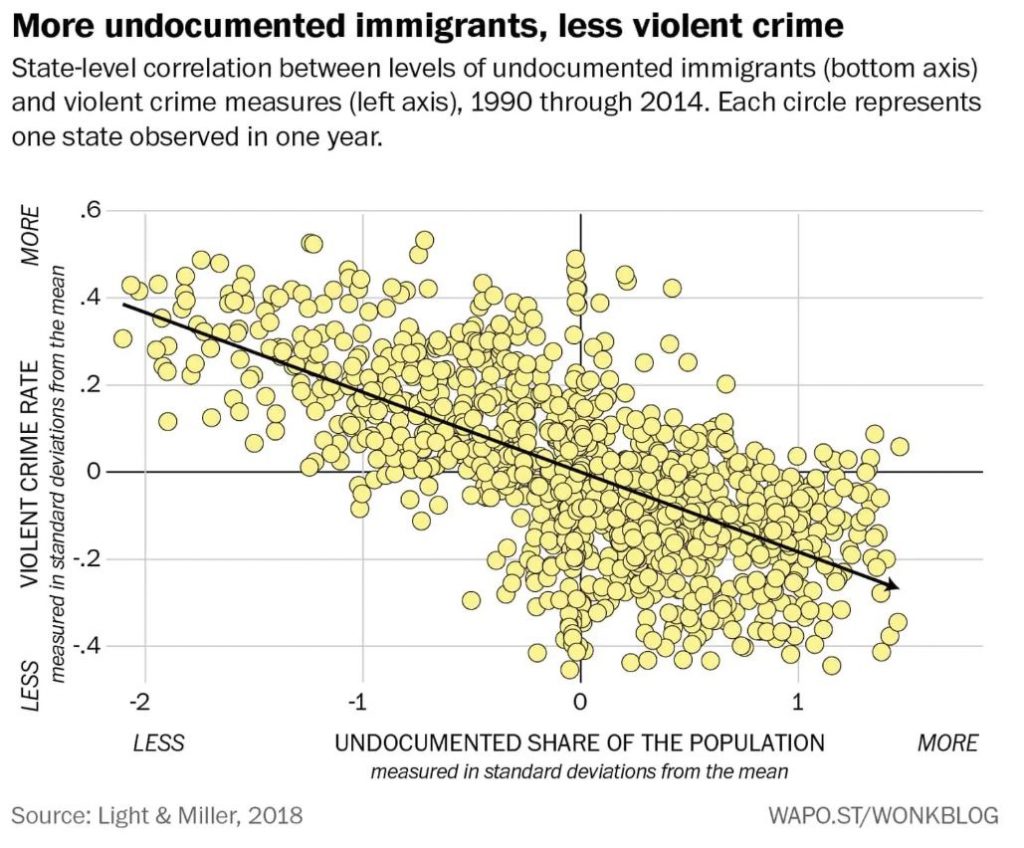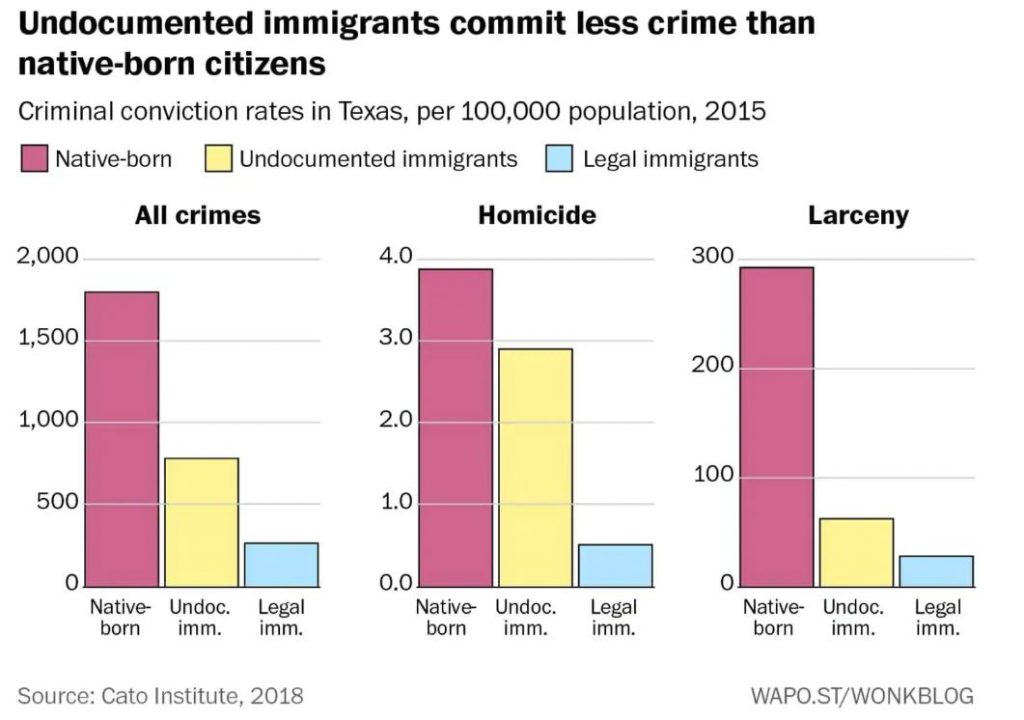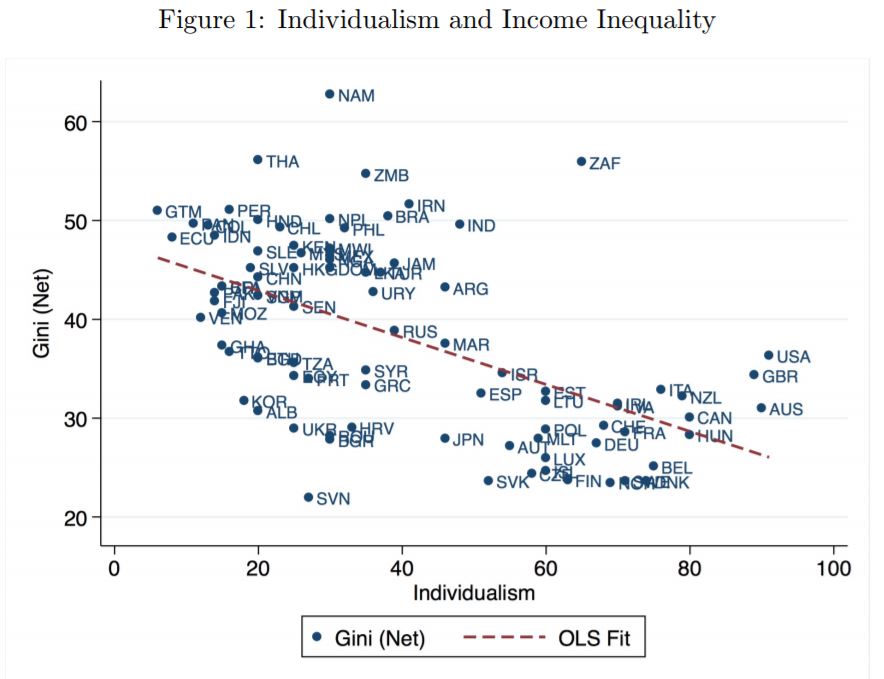From my BYU Studies Quarterly article:
A particularly interesting aspect of public attitudes toward immigration is that of political ignorance. Multiple studies have shown that political ignorance is rampant among average voters, and this holds true when it comes to immigration policy. As legal scholar Ilya Somin explains, “Immigration restriction . . . is one that has long-standing associations with political ignorance. In both the United States and Europe,survey data suggest that it is strongly correlated with overestimation of the proportion of immigrants in the population, lack of sophistication in making judgments about the economic costs and benefits of immigration, and general xenophobic attitudes toward foreigners. By contrast, studies show that there is little correlation between opposition to immigration and exposure to labor market competition from recent immigrants.” One pair of economists found that those voting to leave the European Union in the Brexit referendum, who were motivated largely by a desire to restrict immigration, “were overwhelmingly more likely to live in areas with very low levels of migration.” Similarly, voters who supported Donald Trump during the US election were more likely to oppose liberalizing immigration laws (even compared to other Republicans), but least likely to live in racially diverse neighborhoods. In short, both political ignorance and lack of interaction with foreigners tend to inflame anti-immigration sentiments. These sentiments are what George Mason University economist Bryan Caplan refers to as antiforeign bias: “a tendency to underestimate the economic benefits of interaction with foreigners.” In fact, economists take nearly the opposite view from the general public on immigration (pgs. 80-82).
The evidence we uncover shows that financial crises put a strain on modern democracies. The typical political reaction is as follows: votes for far-right parties increase strongly, government majorities shrink, the fractionalization of parliaments rises and the overall number of parties represented in parliament jumps. These developments likely hinder crisis resolution and contribute to political gridlock. The resulting policy uncertainty may contribute to the much debated slow economic recoveries from financial crises. Financial crises are politically disruptive, even when compared to other economic crises. Indeed, we find no (or only slight) political effects of normal recessions and different responses in severe crises not involving a financial crash. In the latter, right wing votes do not increase as strongly and people rally behind the government. In the light of modern history, political radicalization, declining government majorities and increasing street protests appear to be the hallmark of financial crises. As a consequence, regulators and central bankers carry a big responsibility for political stability when overseeing financial markets. Preventing financial crises also means reducing the probability of a political disaster (pg. 245).
that financial crises of the past 30 years have been a catalyst of rightwing populist politics. Many of the now-prominent right-wing populist parties in Europe, such as the Lega Nord in Italy, the Alternative for Germany, the Norwegian Progress Party or the Finn’s Party are “children of financial crises”, having made their breakthrough in national politics in the years following a financial crash. We also find that the 2008 crisis triggered a wave of governments in which right-wing populists gained power, often as a coalition partner. As discussed, the crisis is just one of many potential factors explaining the recent successes of right-wing populism in Europe and beyond. Other drivers such as “cultural backlash”, the impact of globalization, rising inequality, and the refugee crisis of 2015 surely played a critical role too. However, “the rise of the right” in Europe since 2008 cannot be fully understood without considering the impact of the 2008 and 2011/2012 financial crises…A first potential explanation is that financial crises are perceived as inexcusable events that result from a failure of policies and regulation, rather than from an external shock. This leads to distrust in government and mainstream politics. Secondly, financial crises typically trigger creditor-debtor conflicts (Mian et al. 2014) and a rise in income and wealth inequality (Atkinson and Morelli 2010, 2011) to levels not observed in normal recessions. Thirdly, we know that financial crashes often involve large-scale bank bailouts and these are highly controversial and unpopular (e.g., Broz 2005). Such bail-out initiatives give traction to extremist ideas at the political fringe. In this environment of distrust, uncertainty and dissatisfaction, right-wing populists have learned to gain votes by offering seemingly simple solutions to complex problems, and by attributing blame to minorities or foreigners (pg. 8).
a strong correlation between rising regional unemployment and voting for non-mainstream and especially populist parties. A one percentage point increase in unemployment is associated with a one percentage point increase in the populist vote. The association is especially strong in the south, where voters turn mostly to radical-left parties. In the north increases in regional unemployment are correlated with a rise in far-right party vote. This pattern is also present in eastern Europe, where people are moving towards xenophobic, anti-European parties. These associations do not necessarily imply causality. To advance on causality we associate voting patterns to the component of changes in unemployment stemming from the pre-crisis share of construction (which is strongly related to falling unemployment pre-2007 and rising unemployment post-2008). This approach also yields a strong correlation between the recent rise of the populist vote and industrial specialization–driven unemployment. We then examine the role of the crisis on the Brexit vote across the UK’s 379 electoral districts. In line with the European-wide results, [the data] show that the increases in regional unemployment before the referendum (2007–15) are strong predictors of the Brexit vote, while the level of unemployment is not much related to Brexit. We then study the evolution of trust, political beliefs and attitudes before and after the 2007–10 crisis and examine whether swings in unemployment are related to changing ideology. We use individual-level data on Europeans’ beliefs and attitudes from the European Social Survey that covers the period 2000–2014. [The data] show that increases in regional unemployment have resulted in a deterioration of trust towards national and European political institutions.

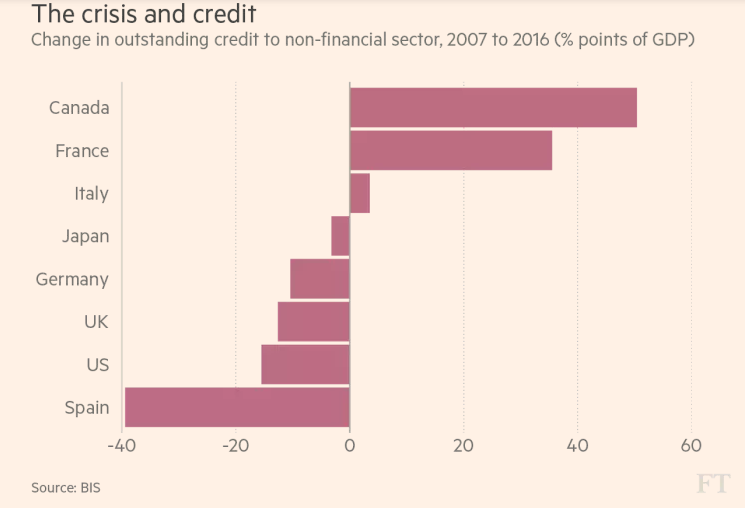
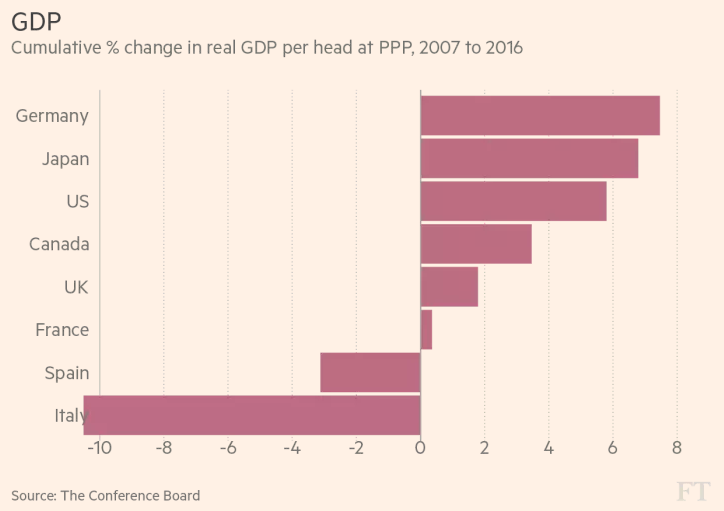
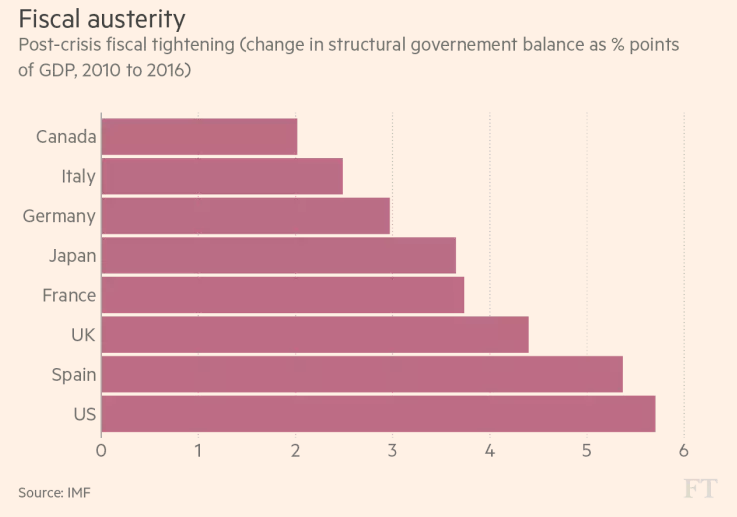
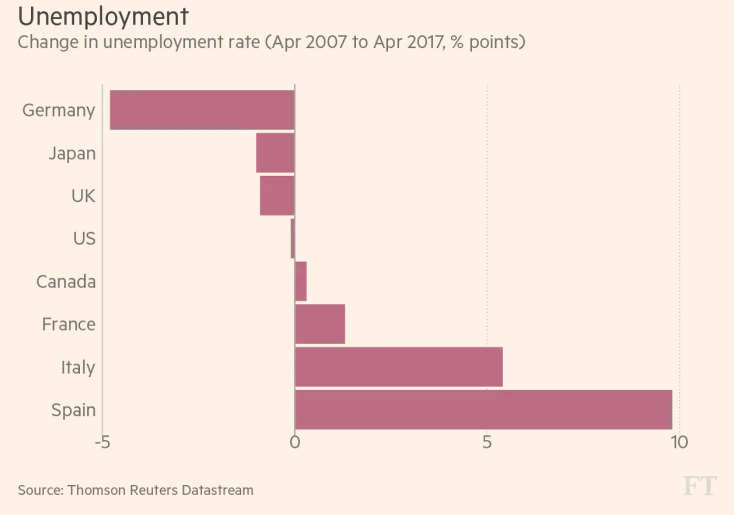


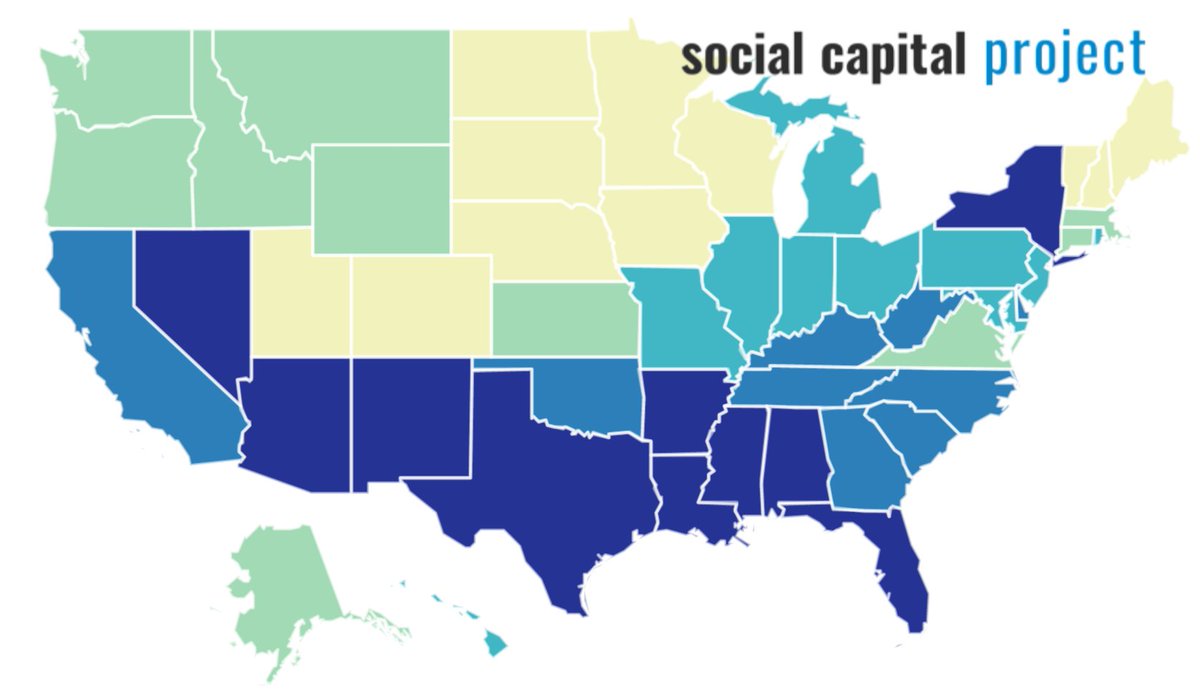


 Our study suggests a close and painful partnership between pornography and loneliness for some users. From our survey of over 1,000 individuals around the world, we developed a statistical model that suggests an association between pornography use and loneliness, each increasing in tandem with the other. Each incremental increase in loneliness was associated with an increase in pornography use (by a factor of 0.16), and each incremental increase in pornography use predicted a significant increase in loneliness (by a factor of 0.20). While the magnitude of effects was small, they were statistically significant. Interlocking partnerships like this are worrisome since they represent an entrapment template associated with addiction—where the consequences of coping with loneliness through pornography use only increase loneliness, potentially locking the two in a self-fueling cycle.
Our study suggests a close and painful partnership between pornography and loneliness for some users. From our survey of over 1,000 individuals around the world, we developed a statistical model that suggests an association between pornography use and loneliness, each increasing in tandem with the other. Each incremental increase in loneliness was associated with an increase in pornography use (by a factor of 0.16), and each incremental increase in pornography use predicted a significant increase in loneliness (by a factor of 0.20). While the magnitude of effects was small, they were statistically significant. Interlocking partnerships like this are worrisome since they represent an entrapment template associated with addiction—where the consequences of coping with loneliness through pornography use only increase loneliness, potentially locking the two in a self-fueling cycle. Pornography triggers the sexual system, providing a physical “feel-good” experience overshadowing negative feelings. Sexual arousal and climax offer a quick “feel-good” fix. Pornography also expands the sexual system’s escape through creating sexual anticipation, bringing a person “under the influence” of sexual arousal for as long as they care to be before acting out.
Pornography triggers the sexual system, providing a physical “feel-good” experience overshadowing negative feelings. Sexual arousal and climax offer a quick “feel-good” fix. Pornography also expands the sexual system’s escape through creating sexual anticipation, bringing a person “under the influence” of sexual arousal for as long as they care to be before acting out. …Recent scholarship suggests that pornography’s sexual scripts of eroticism, objectification, promiscuity, and misogyny (domination) are, on their face, fundamentally anti-relationship and anti-attachment and “conceptually linked to loneliness.” Pornography promotes an understanding of sexuality and relationships that is corrosive to connection because it doesn’t promote people, only parts. Hence, in the most intimate of circumstances, actual intimacy is elusive—because pornography doesn’t support or advocate emotional connection and whole relationships.
…Recent scholarship suggests that pornography’s sexual scripts of eroticism, objectification, promiscuity, and misogyny (domination) are, on their face, fundamentally anti-relationship and anti-attachment and “conceptually linked to loneliness.” Pornography promotes an understanding of sexuality and relationships that is corrosive to connection because it doesn’t promote people, only parts. Hence, in the most intimate of circumstances, actual intimacy is elusive—because pornography doesn’t support or advocate emotional connection and whole relationships.
